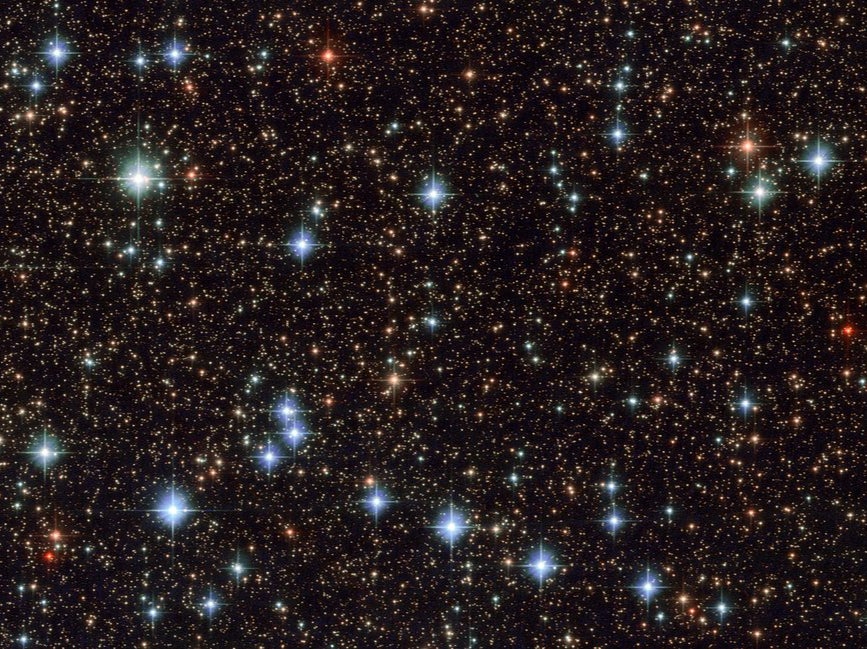Astronomers discover the fastest star in the known universe
The star S4716 orbits the Sagittarius A black hole at a speed of 8,000 kilometres per second

Your support helps us to tell the story
From reproductive rights to climate change to Big Tech, The Independent is on the ground when the story is developing. Whether it's investigating the financials of Elon Musk's pro-Trump PAC or producing our latest documentary, 'The A Word', which shines a light on the American women fighting for reproductive rights, we know how important it is to parse out the facts from the messaging.
At such a critical moment in US history, we need reporters on the ground. Your donation allows us to keep sending journalists to speak to both sides of the story.
The Independent is trusted by Americans across the entire political spectrum. And unlike many other quality news outlets, we choose not to lock Americans out of our reporting and analysis with paywalls. We believe quality journalism should be available to everyone, paid for by those who can afford it.
Your support makes all the difference.Researchers have discovered the fastest star in the known universe.
The star, called S4716, orbits the Sagittarius A black hole in the centre of our Milky Way, located at a distance of 100 AU – the distance between the Earth and the Sun – from our planet.
The star is packed in an S cluster of over 100 stars – known for moving particularly fast.
After observing S4716 for almost 20 years, the scientists have established that it travels around the supermassive black hole, which has a diameter of 23.5 million kilometers, in only four years at a speed of 8,000 kilometres per second.
“For a star to be in a stable orbit so close and fast in the vicinity of a supermassive black hole was completely unexpected and marks the limit that can be observed with traditional telescopes,” said Dr Florian Peissker, lead author of the new study.
The close-range orbit of S4716 is still puzzling to scientists. “Stars cannot form so easily near the black hole. S4716 had to move inwards, for example by approaching other stars and objects in the S cluster, which caused its orbit to shrink significantly,” Michael Zajaček, an astrophysicist at Masaryk University in Brno, Czech Republic, who was involved in the study, said.
A total of five telescopes were needed to observe the star, with four of these five being combined into one large telescope to allow even more accurate and detailed observations.
The research was published in The Astrophysical Journal.
Join our commenting forum
Join thought-provoking conversations, follow other Independent readers and see their replies
Comments